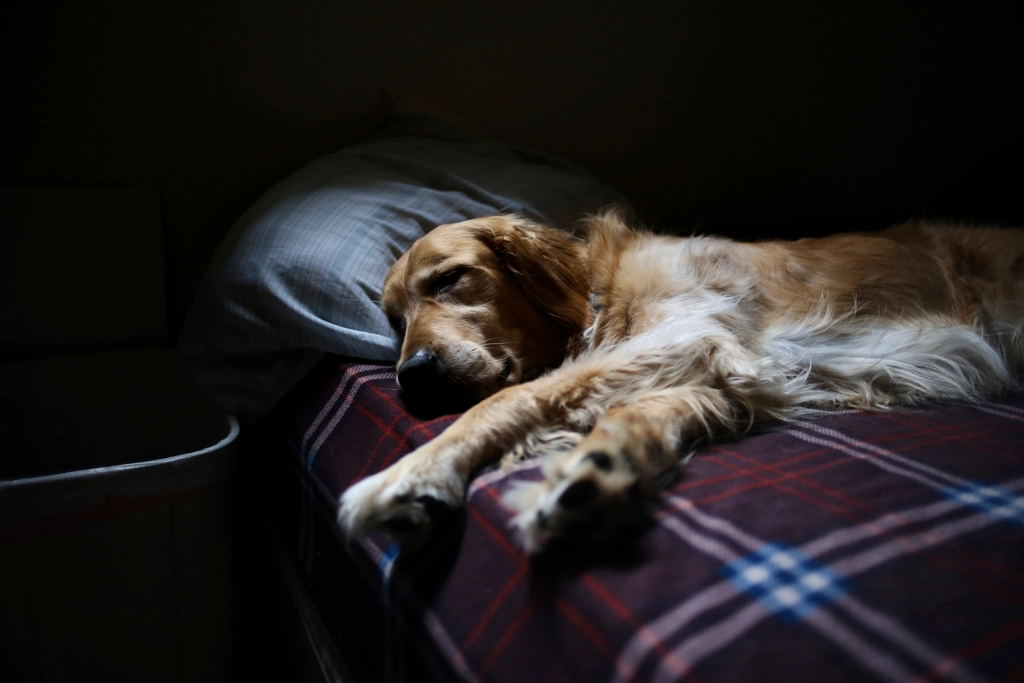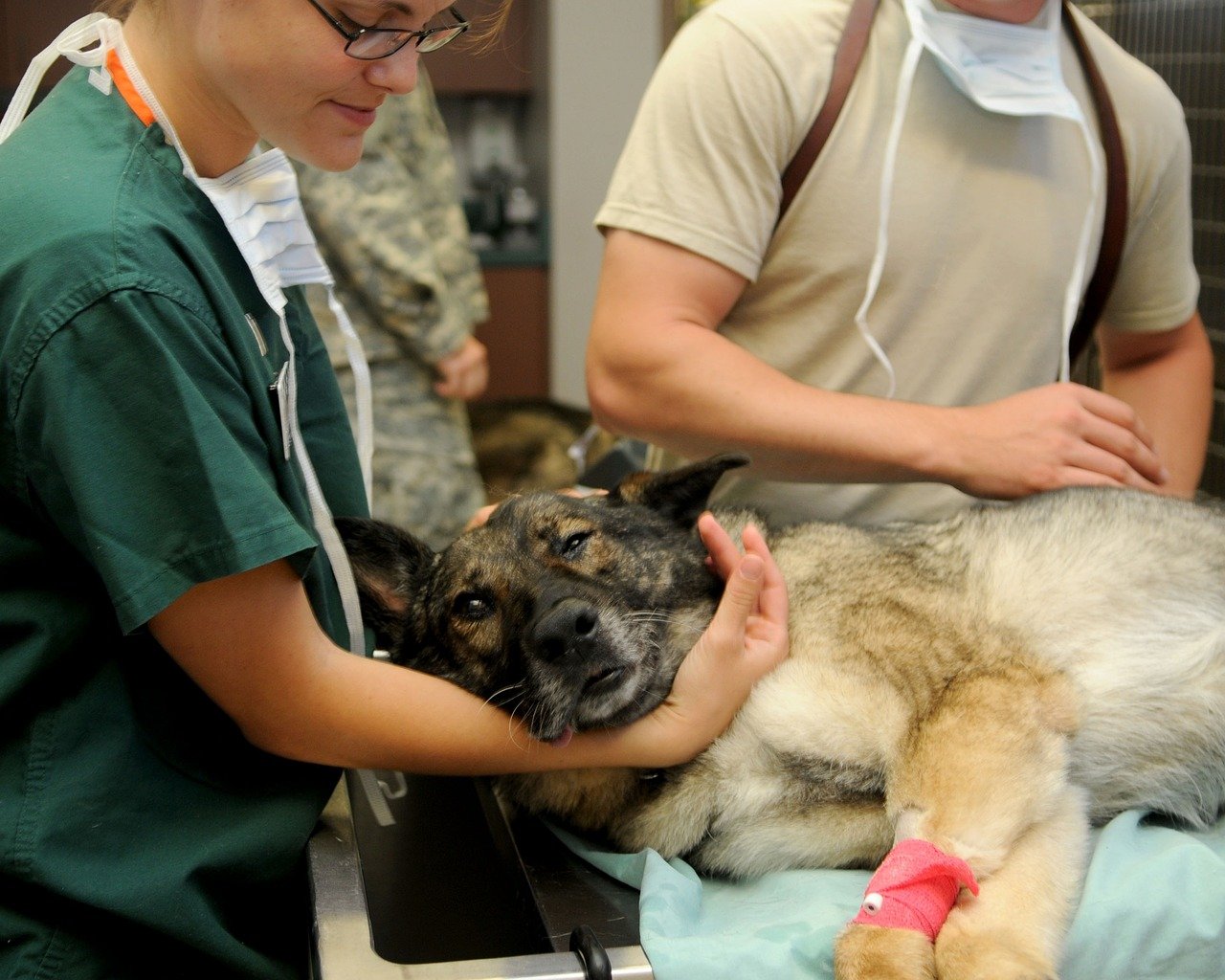Have you ever gazed into the soulful eyes of a Great Dane or a lovable Saint Bernard and thought, “There’s no way I could keep a dog like that in my tiny apartment”? If so, you’re not alone. The idea of sharing a small living space with a big, bounding bundle of fur might sound overwhelming—even impossible. Yet, thousands of city dwellers across the world are proving that you absolutely can live happily with a large breed dog, even if your home is short on square footage. It might take some creativity, a dash of patience, and a whole lot of love, but the rewards are truly heartwarming. Let’s explore how apartment living with a gentle giant can work for you.
Understanding the Unique Needs of Large Breed Dogs
Think apartment life is only for tiny lap dogs? Think again. While it’s true that big dogs need space to stretch out and move, that doesn’t mean they’re off-limits for apartment dwellers. With the right approach, lifestyle, and mindset, sharing a smaller space with a large breed dog can not only work—it can thrive.
Large breed dogs come with special requirements that go beyond just finding a big enough bed. Their size means they need more food, a sturdy leash, and sometimes even special medical care. But perhaps the most important thing to remember is that, despite their impressive stature, many big dogs are calm and gentle at heart. Some breeds, like the Greyhound or Mastiff, are surprisingly laid-back and love lounging for hours. However, all large dogs benefit from routine exercise, mental stimulation, and a consistent daily schedule. Paying attention to their needs will make life better for both you and your furry friend.
Choosing the Right Large Breed for Apartment Life

Not every large breed is suited for apartment living, but many are. Surprisingly, some of the calmest companions are quite big—think Newfoundlands, Great Danes, or Bernese Mountain Dogs. These breeds tend to be couch potatoes, happy with a couple of walks each day and plenty of cuddles. On the other hand, working breeds like Border Collies or Huskies often need more space and constant activity. When choosing your canine companion, consider not just size, but personality, energy levels, and trainability. Take the time to research, visit shelters, and talk to breeders or rescue groups who can help match you with the perfect gentle giant for your lifestyle.
Making the Most of Limited Space

Living in an apartment means every inch counts, especially when sharing with a big dog. Luckily, large dogs don’t always need as much room as you might think. Focus on creating a dedicated space for your dog, such as a cozy corner with a comfy bed, toys, and maybe a crate for downtime. Keep furniture to a minimum and avoid clutter so your dog can move around easily. Storage bins and baskets can keep leashes, food, and grooming supplies organized. Remember, a tidy apartment makes for a happier, more relaxed environment for both you and your dog.
Daily Exercise: The Key to a Happy Dog
A tired dog is a happy dog—this is especially true for large breeds in small apartments. Even the most laid-back big dog needs daily exercise to stay healthy and content. Morning and evening walks can become cherished routines, offering both of you fresh air and a break from indoor life. If possible, visit a dog park or open field where your pooch can run and stretch those long legs. Don’t forget mental exercise, too! Puzzle toys, treat-dispensing balls, and training sessions keep your dog’s mind sharp and prevent boredom. Consistent activity is not just good for your dog, but it also strengthens your bond and helps burn off any pent-up energy.
Training and Setting Boundaries in Small Spaces
Training is essential when living with a big dog in close quarters. Teaching basic commands like “sit,” “stay,” and “leave it” can prevent accidents and make daily life smoother. Setting boundaries is equally important—decide early on if your dog is allowed on the furniture or in certain rooms. Use positive reinforcement, praise, and treats to encourage good behavior. Remember, large dogs can accidentally knock over items or bump into people simply because of their size, so patience and gentle guidance are key. Training sessions also double as valuable bonding time and boost your dog’s confidence.
Managing Noise and Preventing Disturbances
Apartment walls are often thin, and a big dog’s bark can echo down the hallway. Managing noise is crucial for maintaining good relationships with your neighbors. Train your dog to bark less by rewarding quiet behavior and redirecting their attention when they get noisy. Providing chew toys and interactive puzzles can help keep your dog occupied and less likely to bark out of boredom. If your dog is anxious when alone, consider calming music or a white noise machine. A tired, content dog is less likely to make a fuss, so stick to your exercise and play routines as much as possible.
Socializing and Building Good Neighborly Relations
Neighbors can make or break the apartment experience, especially with a large dog in tow. Introducing your dog politely to those who share your building can help ease any concerns. Always keep your dog on a leash in common areas and clean up promptly after every walk—nothing annoys neighbors more than a missed mess. If your dog is friendly, let neighbors know they’re welcome to say hello, but always respect those who are nervous around big dogs. Good manners and consideration go a long way towards building a supportive, dog-friendly community.
Keeping Your Apartment Clean With a Large Dog
Big dogs often mean more fur, bigger paw prints, and sometimes, more mess. Regular grooming can help keep shedding under control—a quick daily brush goes a long way. Wipe your dog’s paws after walks to avoid tracking in dirt or mud. Place washable rugs at entryways and under water bowls to catch spills. Invest in a good vacuum and pet-safe cleaning products to tackle fur and odors. With a little effort and routine, your apartment can stay clean and fresh, even with the biggest of furry roommates.
Handling Emergencies and Vet Care in the City

Living in an apartment doesn’t mean you can ignore your dog’s health needs. Make sure you know where the nearest emergency vet is located, and keep their number handy. Large dogs can be prone to certain health issues, so stay up-to-date with regular checkups and vaccinations. Consider pet insurance to help with unexpected medical costs. In case of fire alarms or building emergencies, have a plan for quickly and safely evacuating with your dog. Keep a leash, carrier, and basic supplies ready so you’re always prepared.
Despite the challenges, many apartment dwellers find that sharing their home with a large breed dog deepens their connection. The daily routines, shared adventures, and cozy evenings together create a bond that’s nearly magical. Don’t be surprised if your gentle giant becomes the heart of your home and the highlight of your day. With a little creativity and a lot of love, apartment living with a large breed dog is not only possible—it’s a truly rewarding experience.






